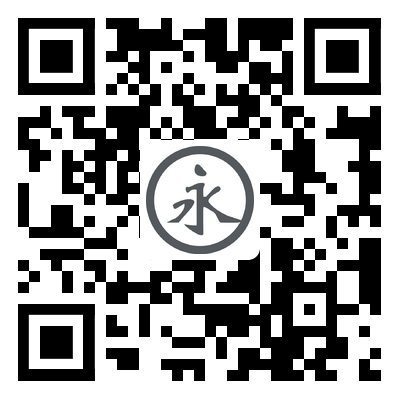- Español
- Português
- русский
- Français
- 日本語
- Deutsch
- tiếng Việt
- Italiano
- Nederlands
- ภาษาไทย
- Polski
- 한국어
- Svenska
- magyar
- Malay
- বাংলা ভাষার
- Dansk
- Suomi
- हिन्दी
- Pilipino
- Türkçe
- Gaeilge
- العربية
- Indonesia
- Norsk
- تمل
- český
- ελληνικά
- український
- Javanese
- فارسی
- தமிழ்
- తెలుగు
- नेपाली
- Burmese
- български
- ລາວ
- Latine
- Қазақша
- Euskal
- Azərbaycan
- Slovenský jazyk
- Македонски
- Eesti Keel
- Română
- Slovenski
- मराठी
- Srpski језик
The Characteristics of the Ball Valve
2021-08-09
The characteristics of the ball valve:
1. Wear resistance: Since the valve core of the hard-sealed ball valve is spray welded with alloy steel, and the sealing ring is welded with alloy steel, the hard-sealed ball valve will not produce too much wear when it is switched on and off.
2. Good sealing performance: Because the sealing of the hard-seal ball valve is manually ground, it cannot be used until the valve core and the sealing ring are completely matched. So the sealing performance is reliable.
3. Light switch: Since the bottom of the sealing ring of the hard-sealed ball valve adopts a spring to make the sealing ring and the valve core tightly hug together, the switch is very light when the external force exceeds the pre-tightening force of the spring.
4. Long service life: It has been widely used in various industries such as petroleum, chemical industry, power generation, papermaking, atomic energy, aviation, rockets, etc.
Ball valve operation and use:
1. Make sure that the pipeline and valve have been flushed before operation.
2. The operation of the valve drives the valve stem to complete rotation according to the size of the input signal of the actuator. When it rotates 1/4 turn in the forward direction, the valve is closed. When the reverse rotation is 1/4 turn, the valve opens.
3. When the direction indicating arrow of the actuator is parallel to the pipeline, the valve is in the open state; when the indicating arrow is perpendicular to the pipeline, the valve is in the closed state.





